Graphical Techniques for Representing Australian Exports and Frequency Distributions
VerifiedAdded on 2023/03/17
|11
|1323
|75
AI Summary
This document provides an overview of various graphical techniques used to represent Australian exports and frequency distributions. It covers the value and percentage of Australian exports, as well as frequency and relative frequency distributions. The document also discusses key observations and trends in Australian exports, time series graphical representation, scatter plots, numerical summaries, correlation coefficients, regression outputs, and hypothesis tests. It is a comprehensive resource for understanding and analyzing statistical data related to business and economics.
Contribute Materials
Your contribution can guide someone’s learning journey. Share your
documents today.
1 out of 11

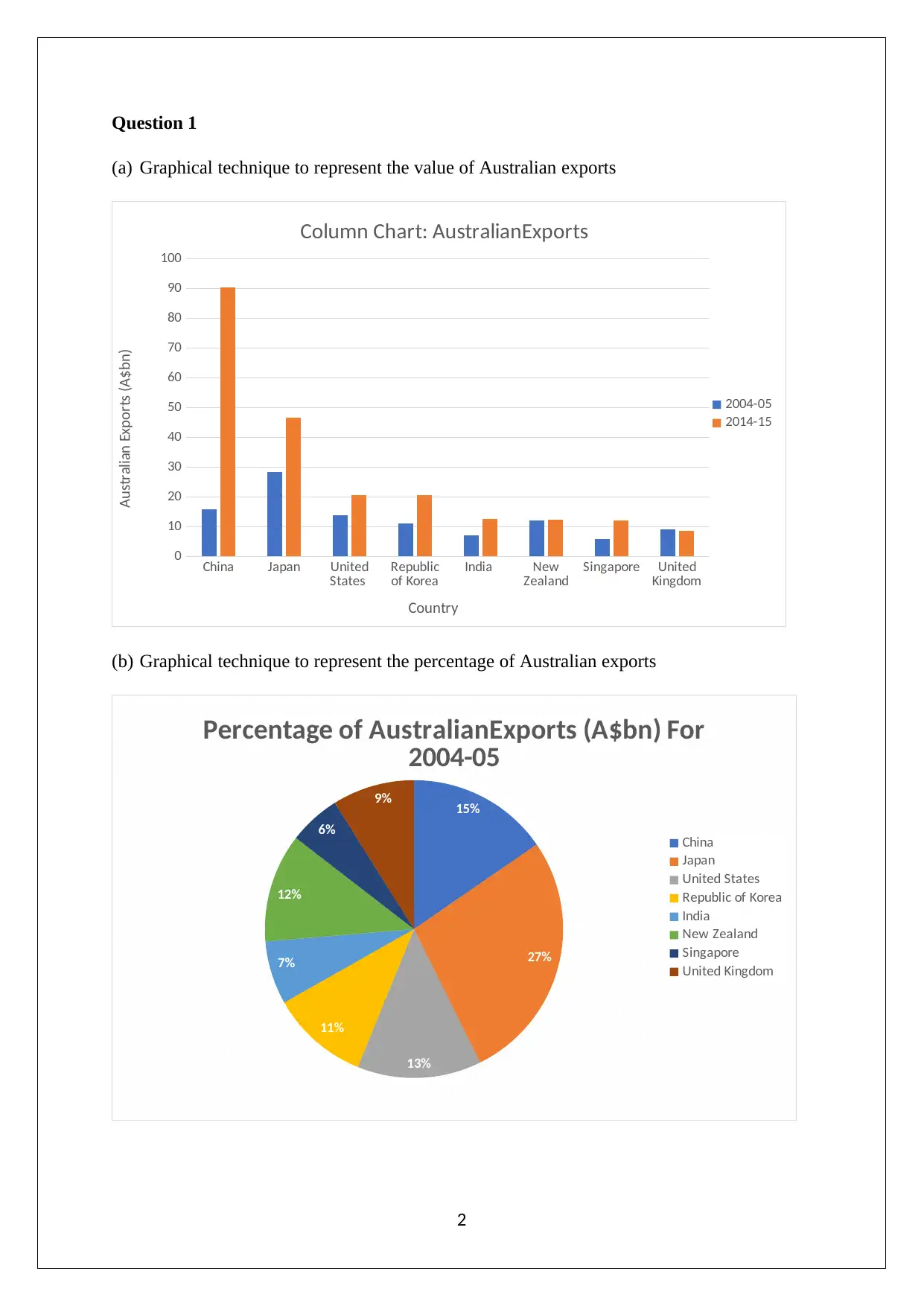
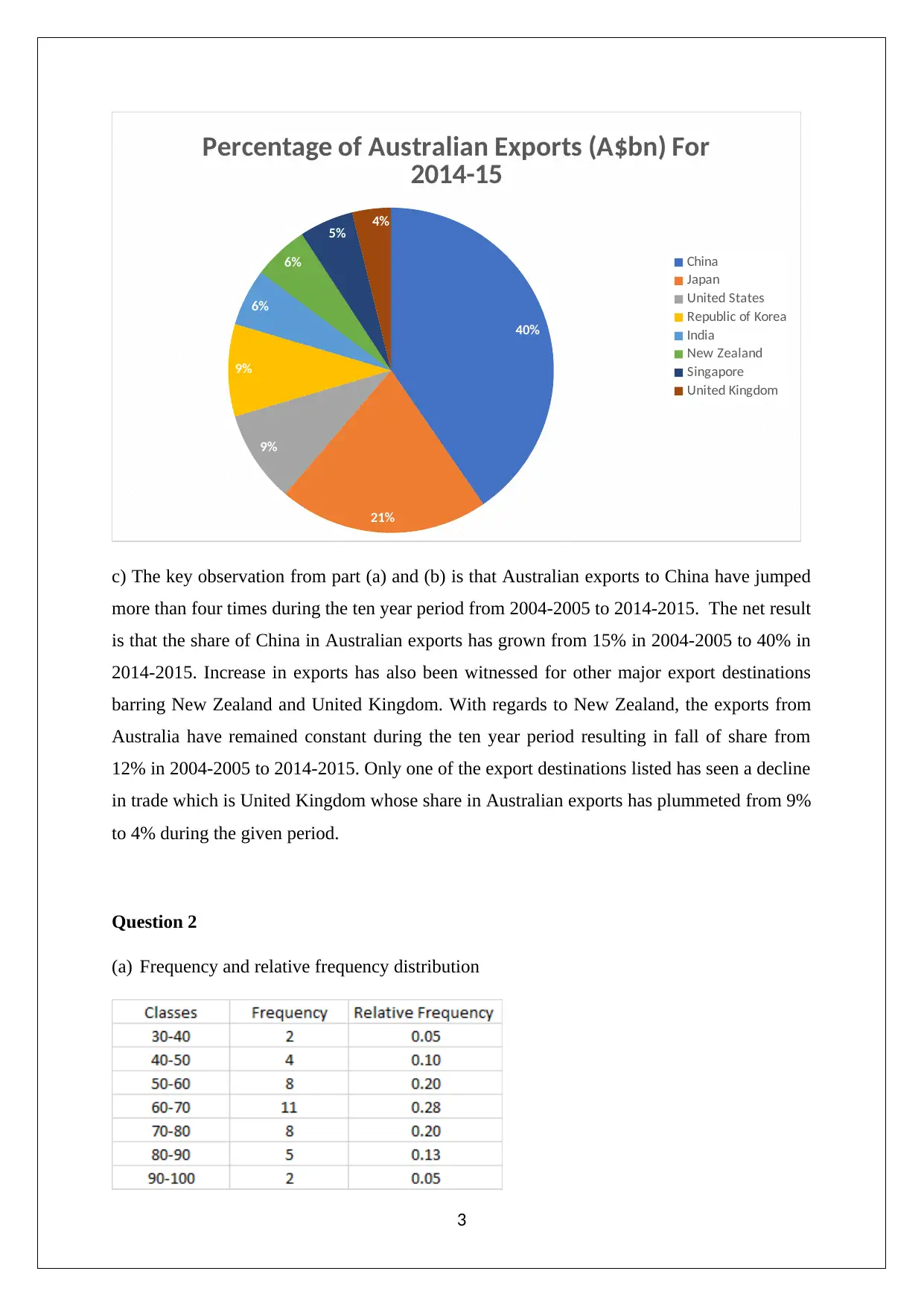
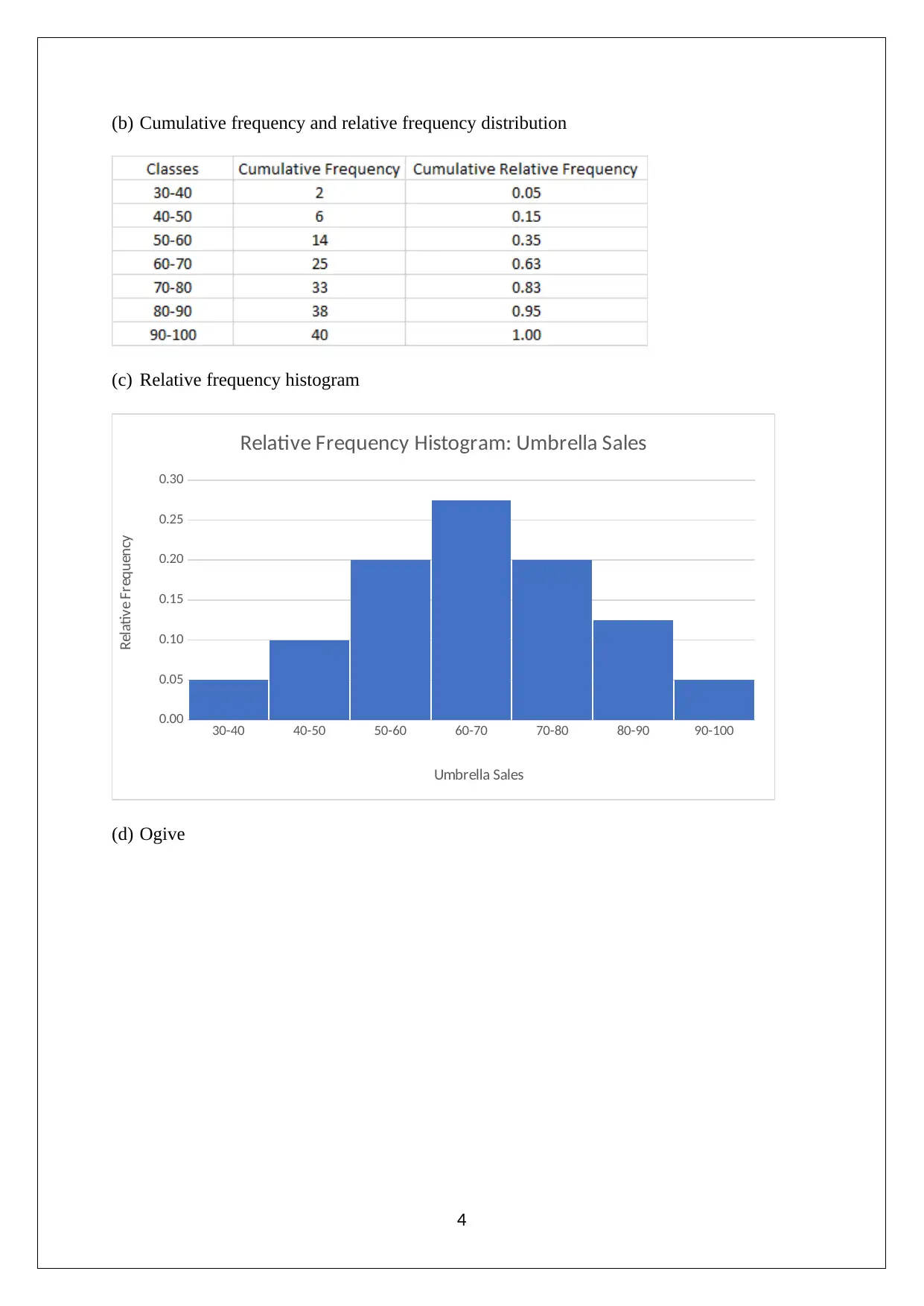
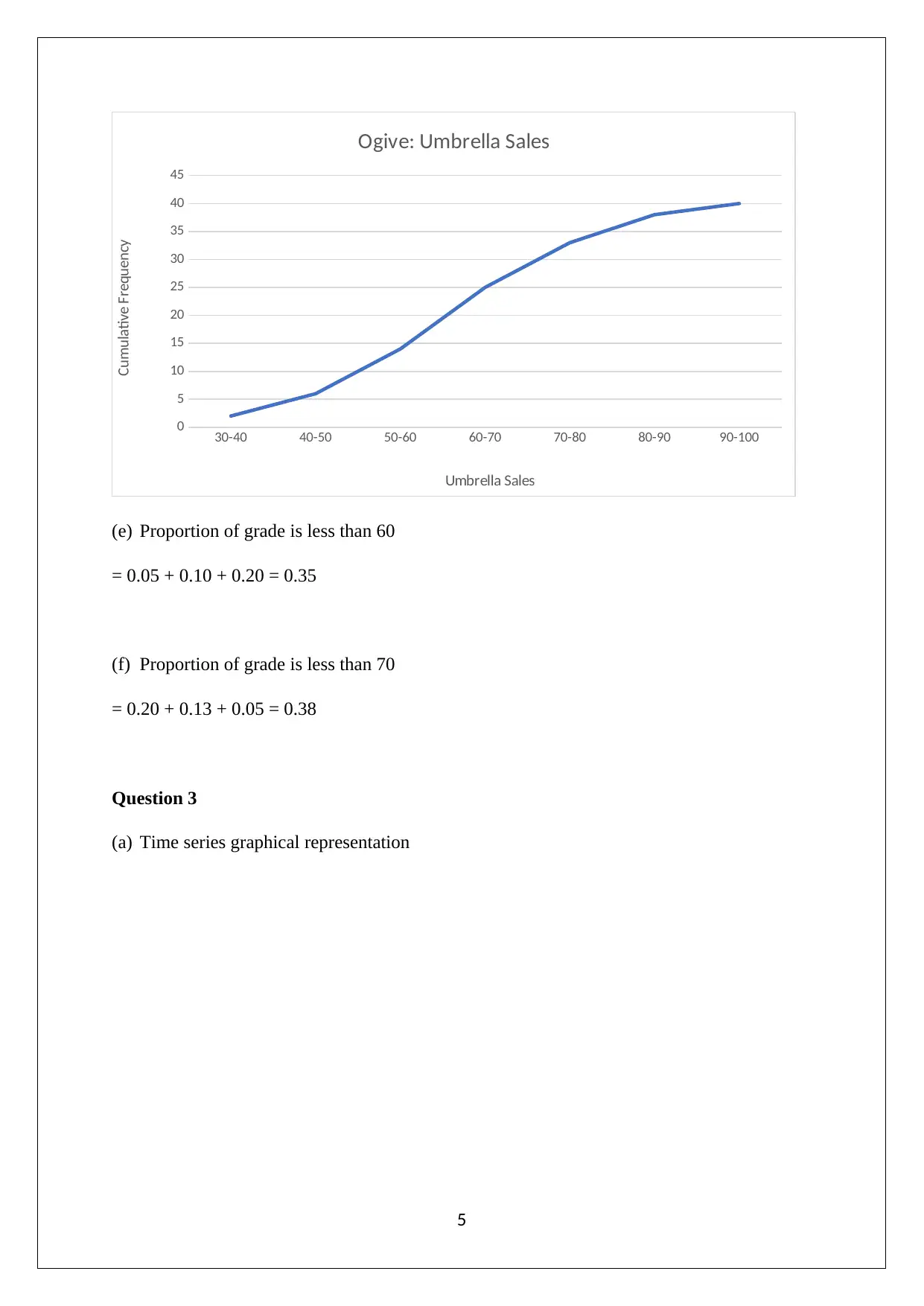
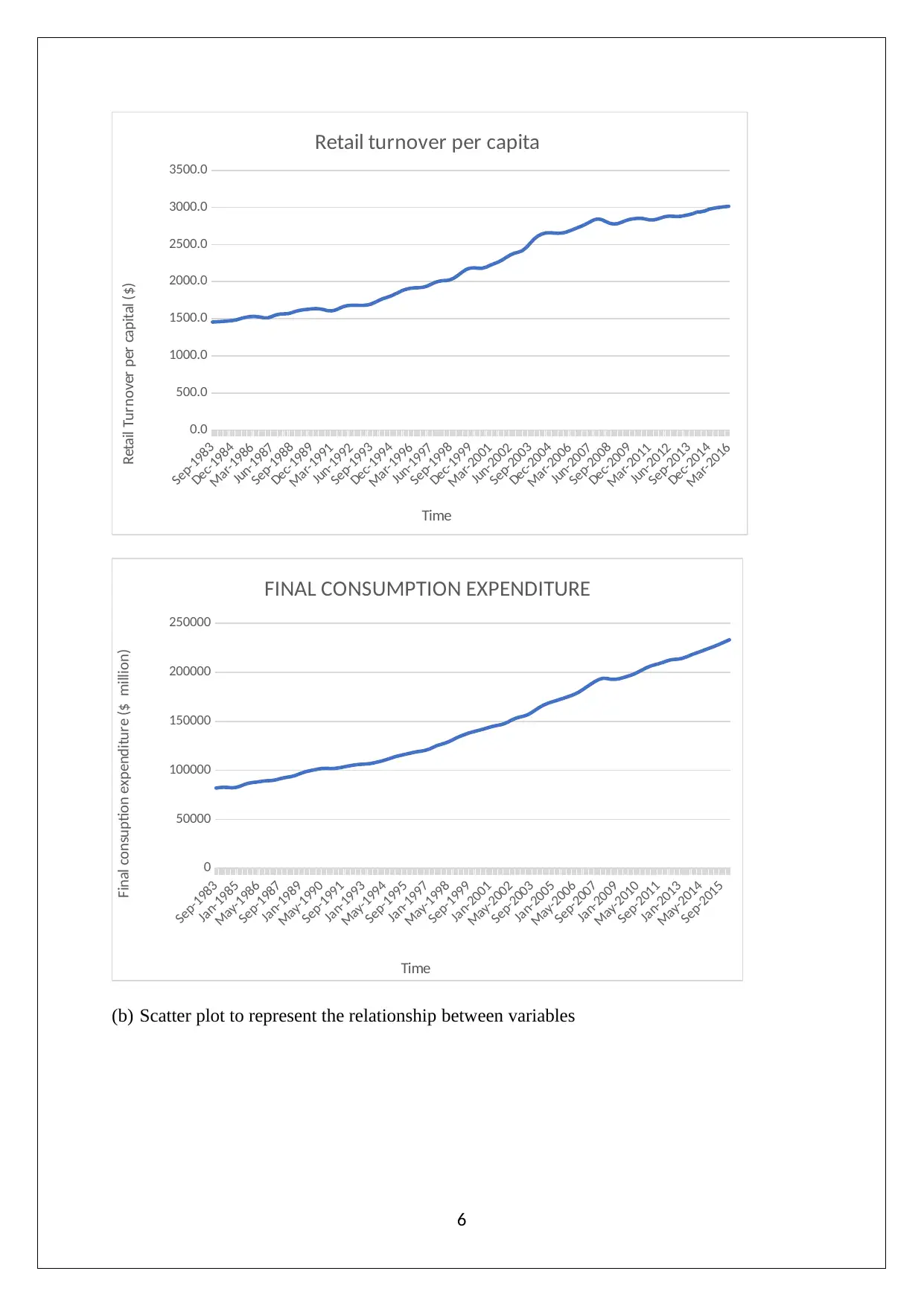
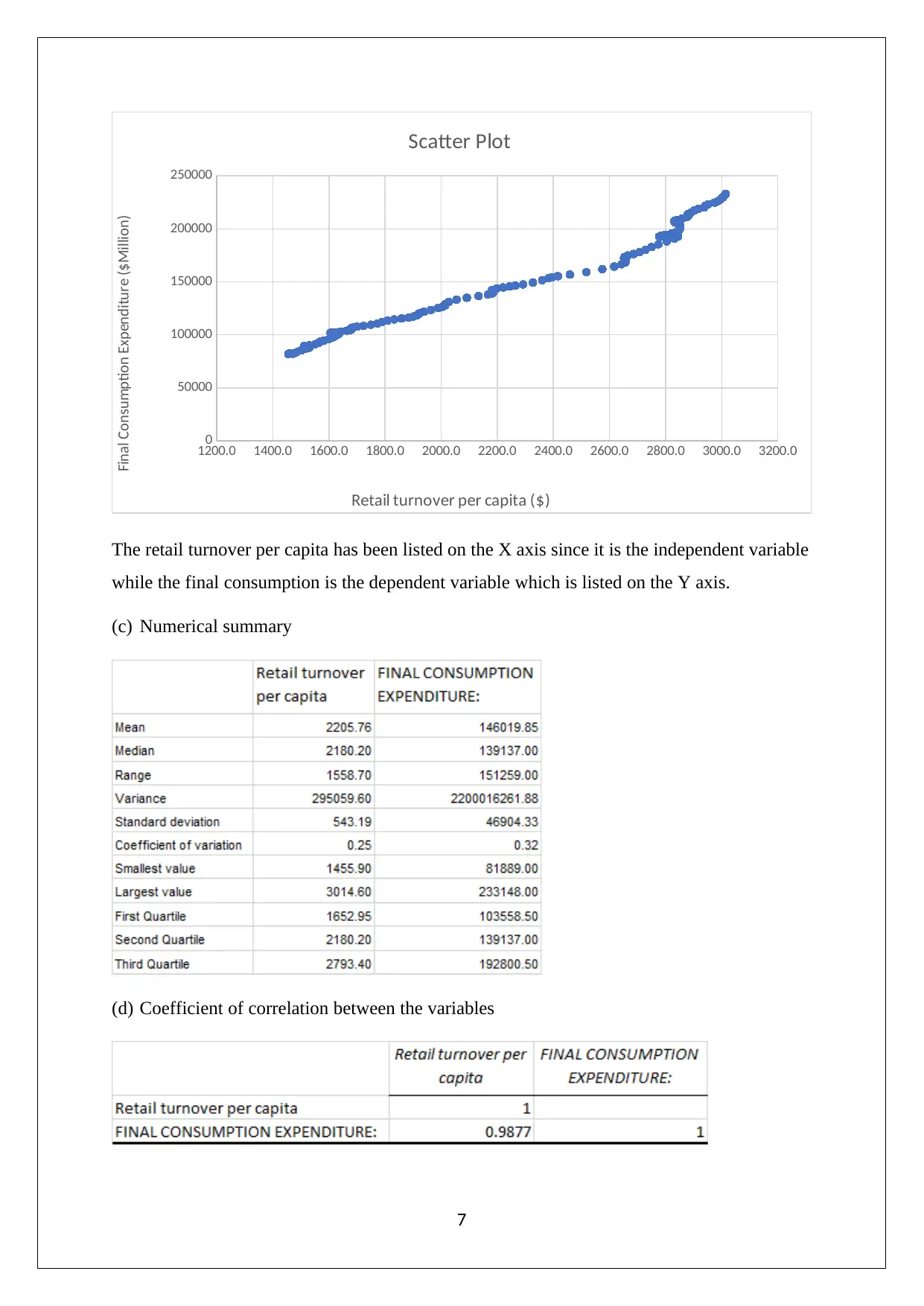
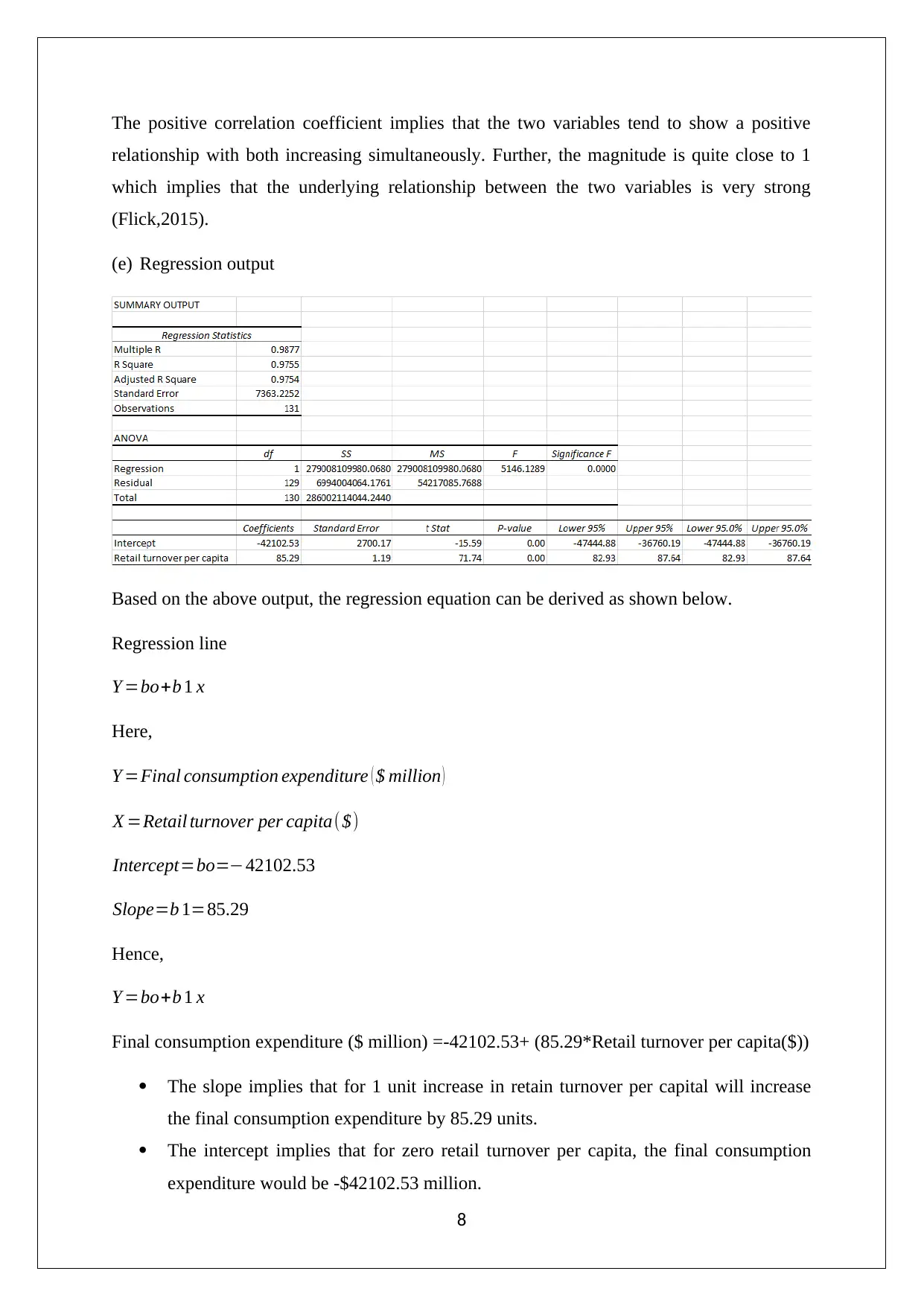
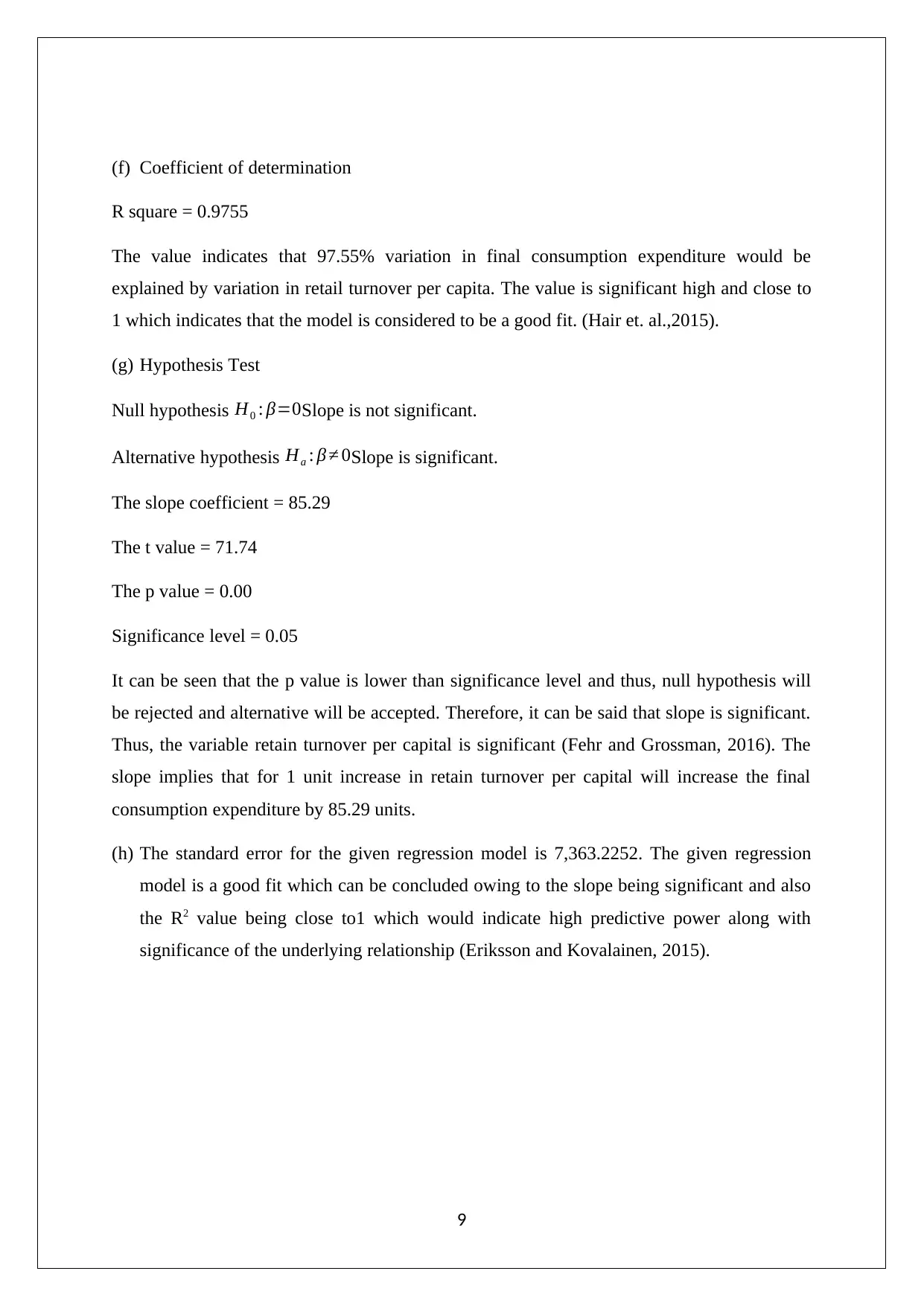
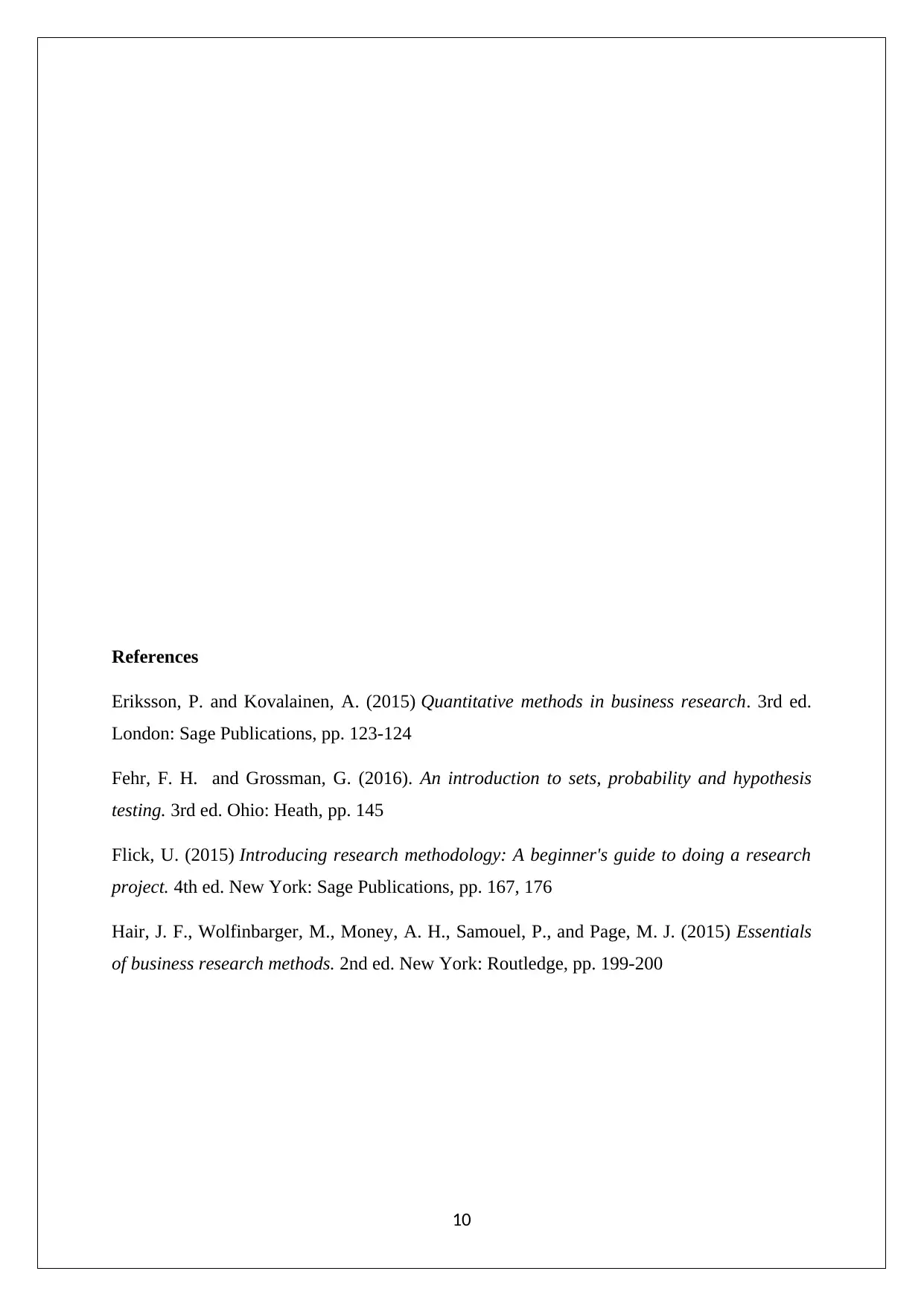
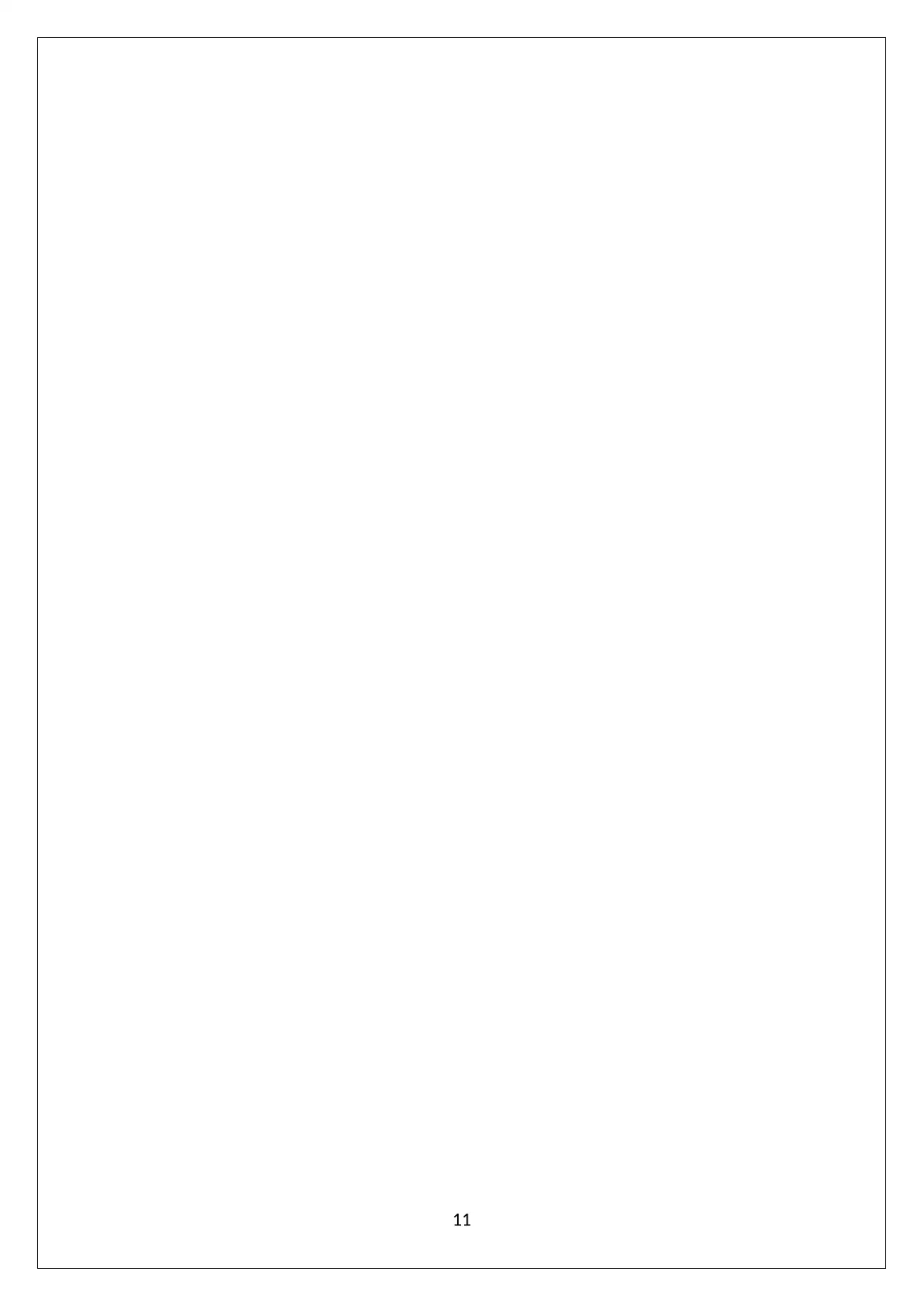






![[object Object]](/_next/static/media/star-bottom.7253800d.svg)